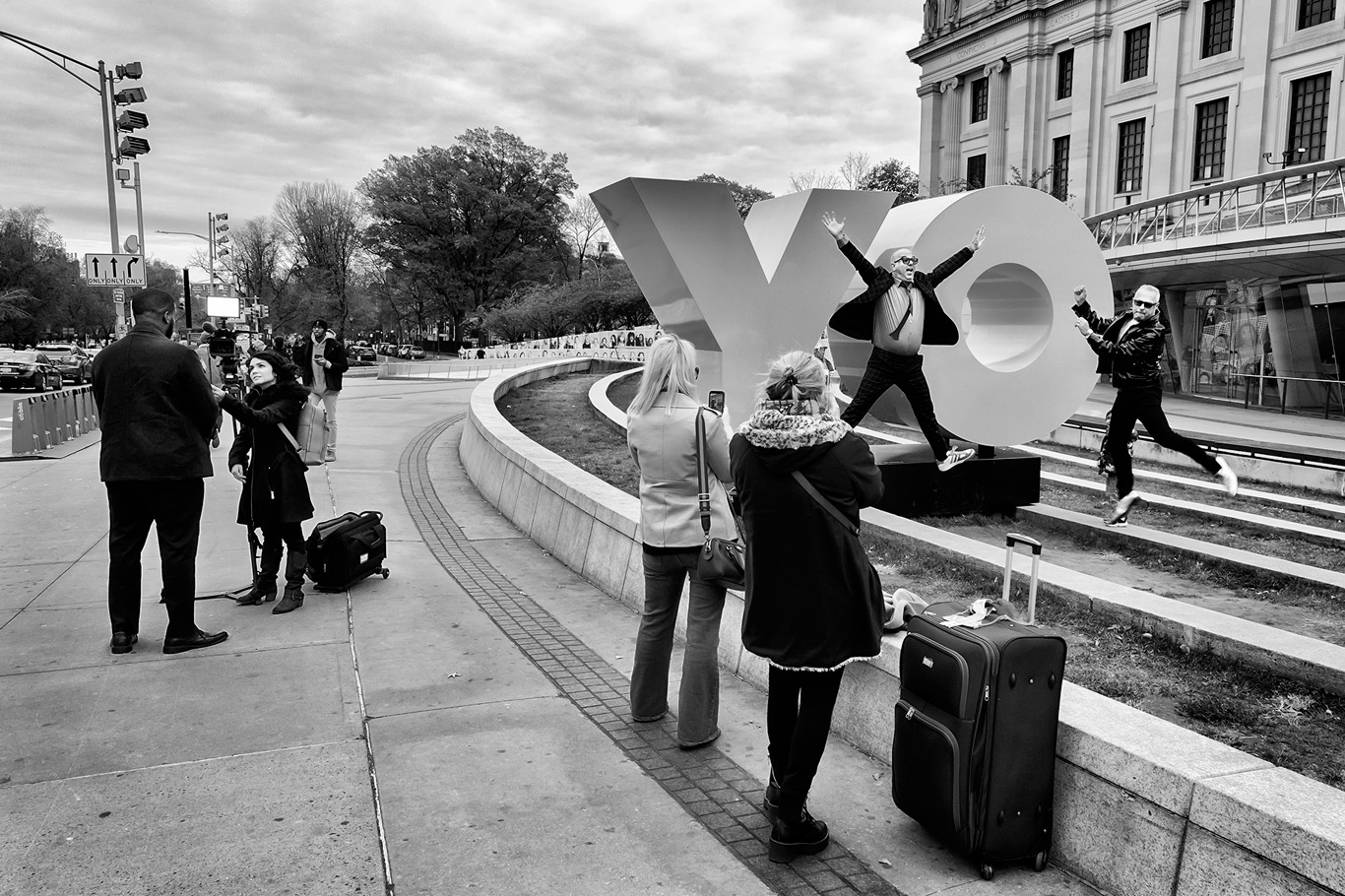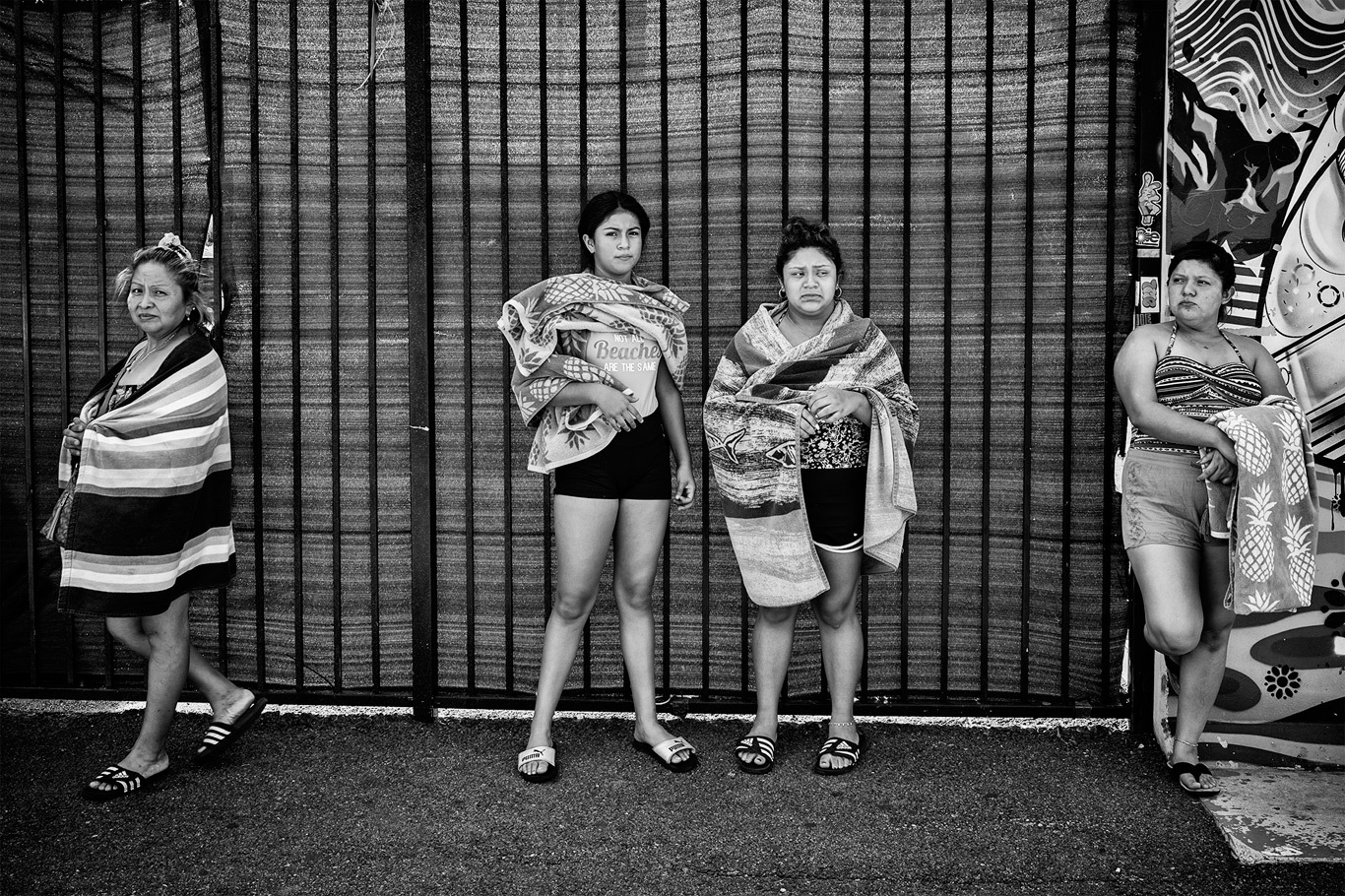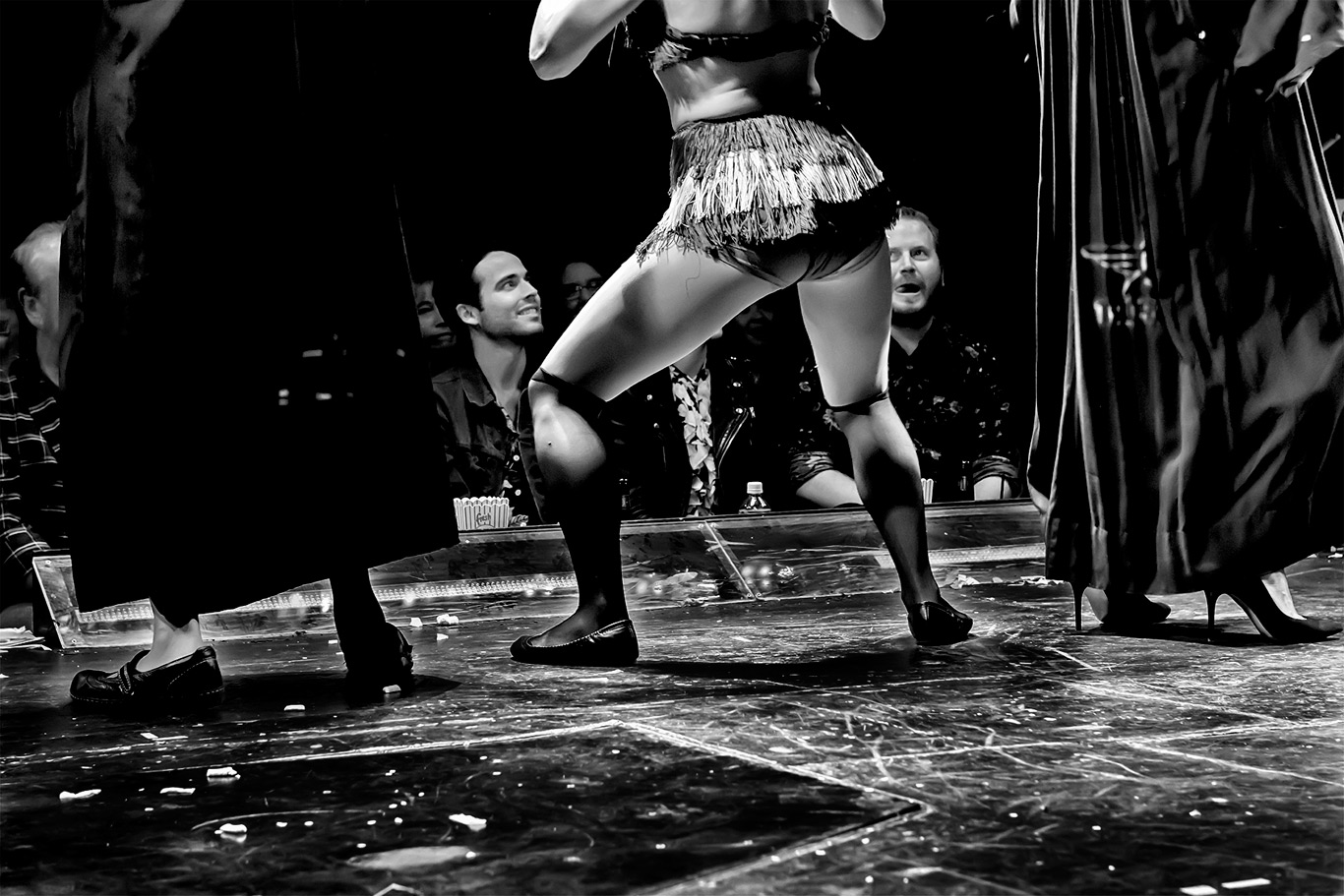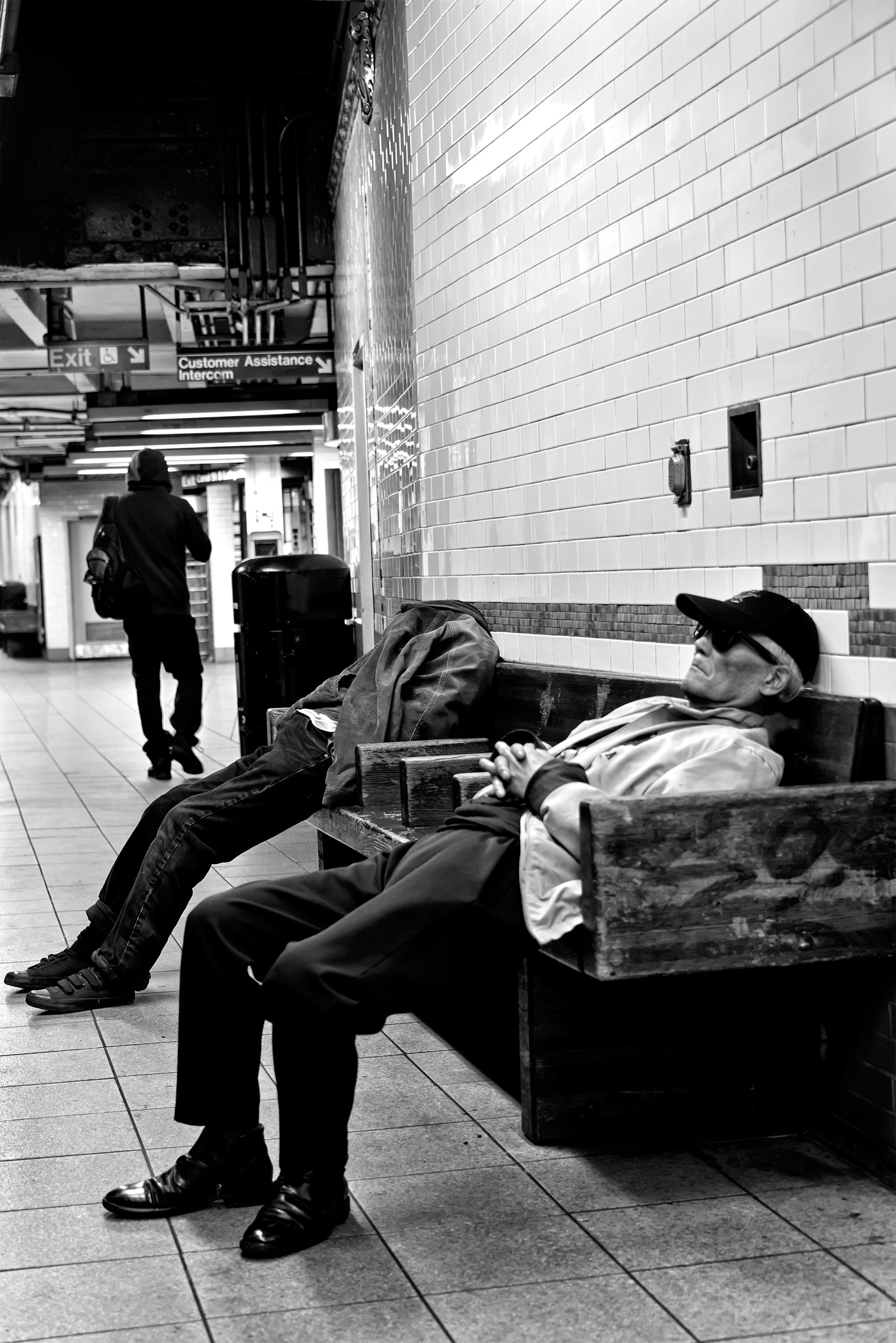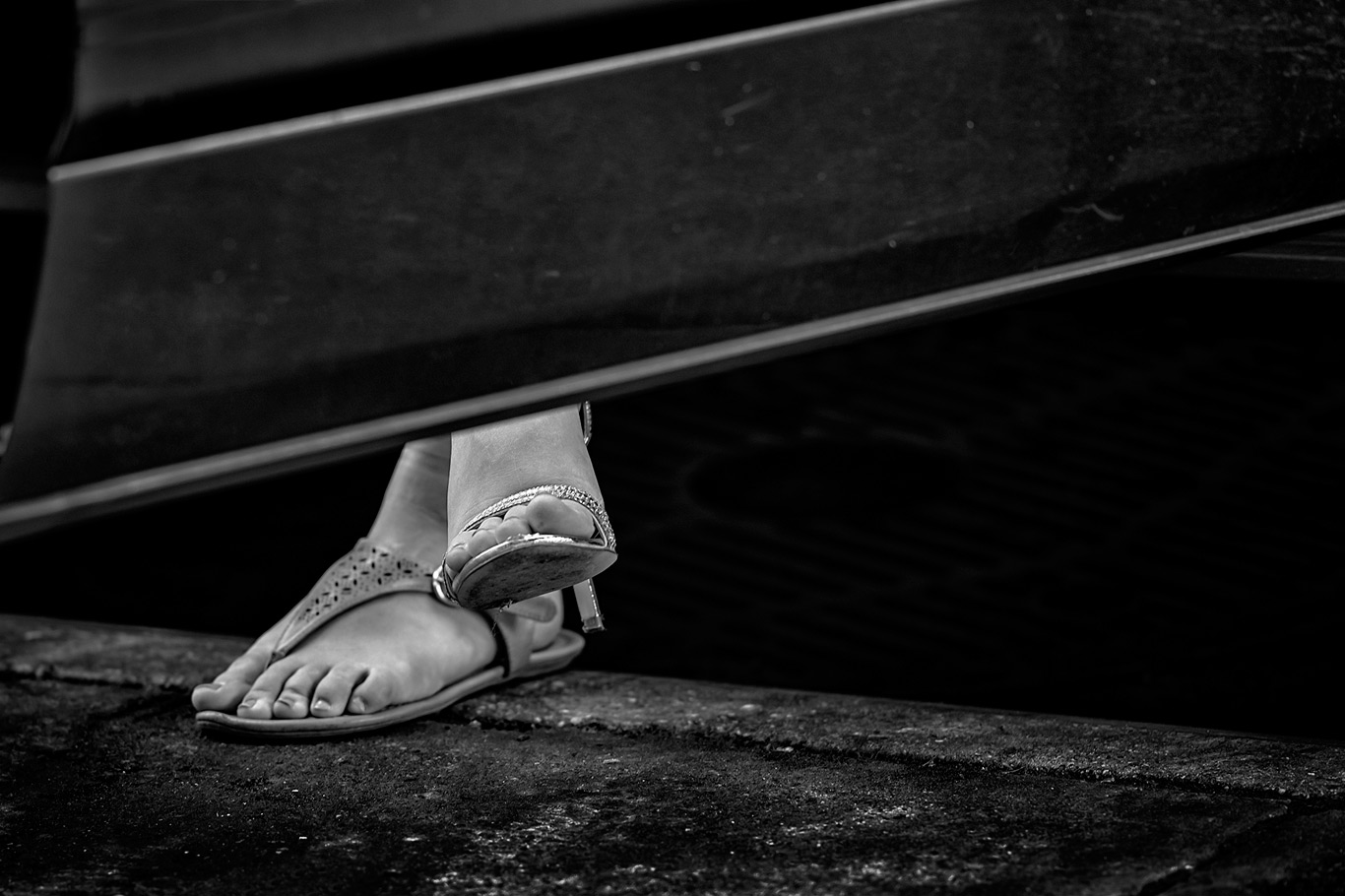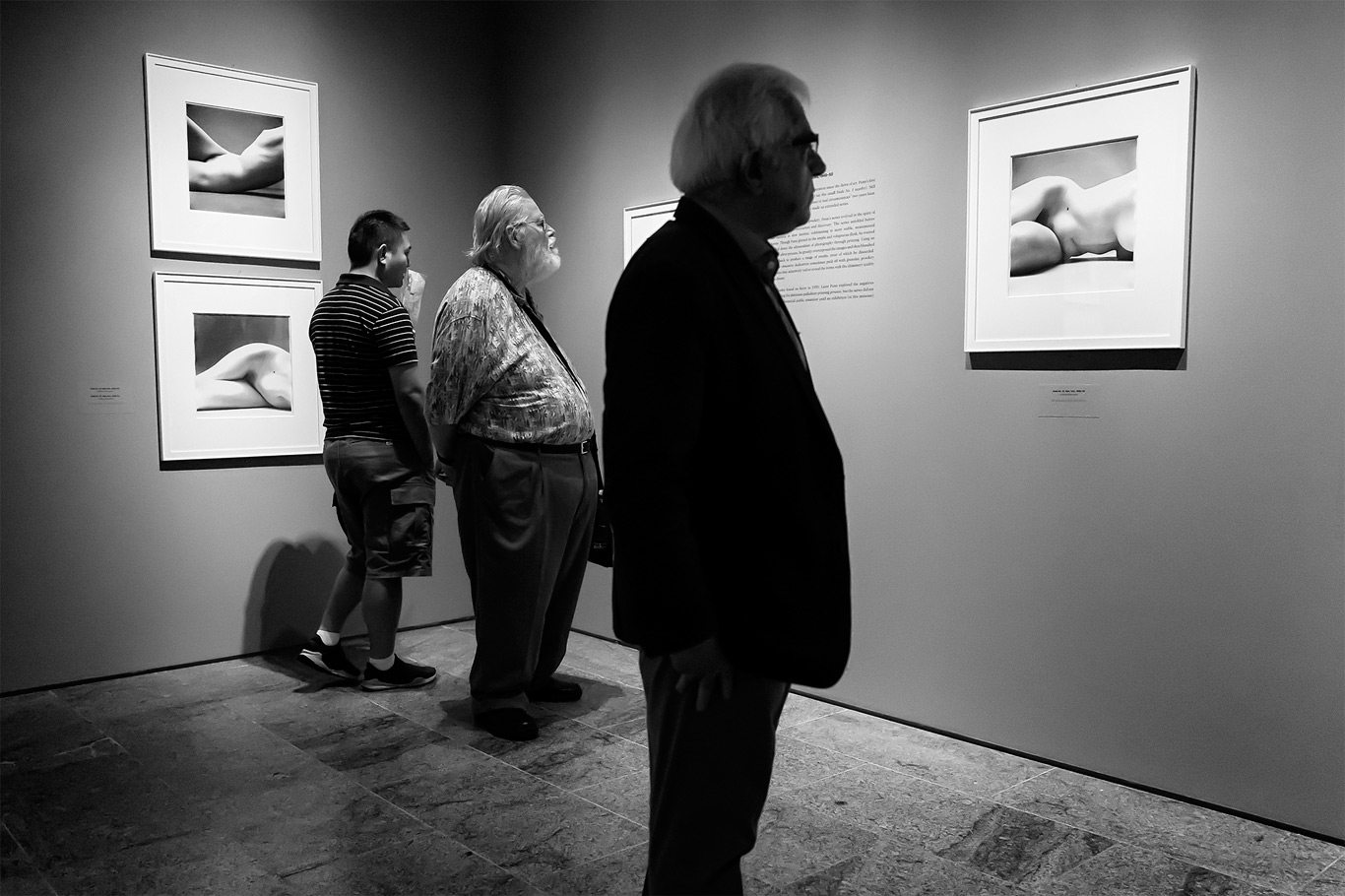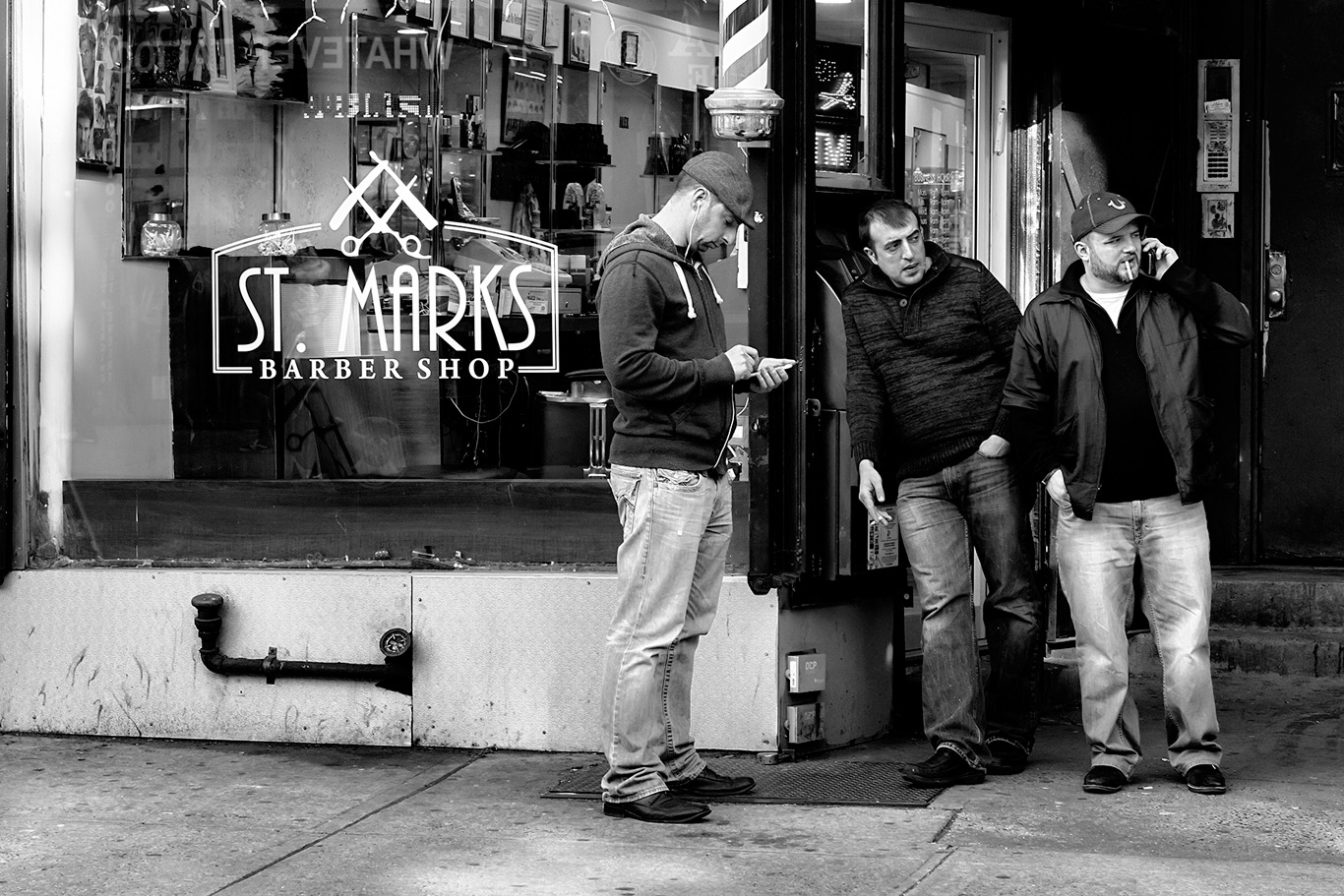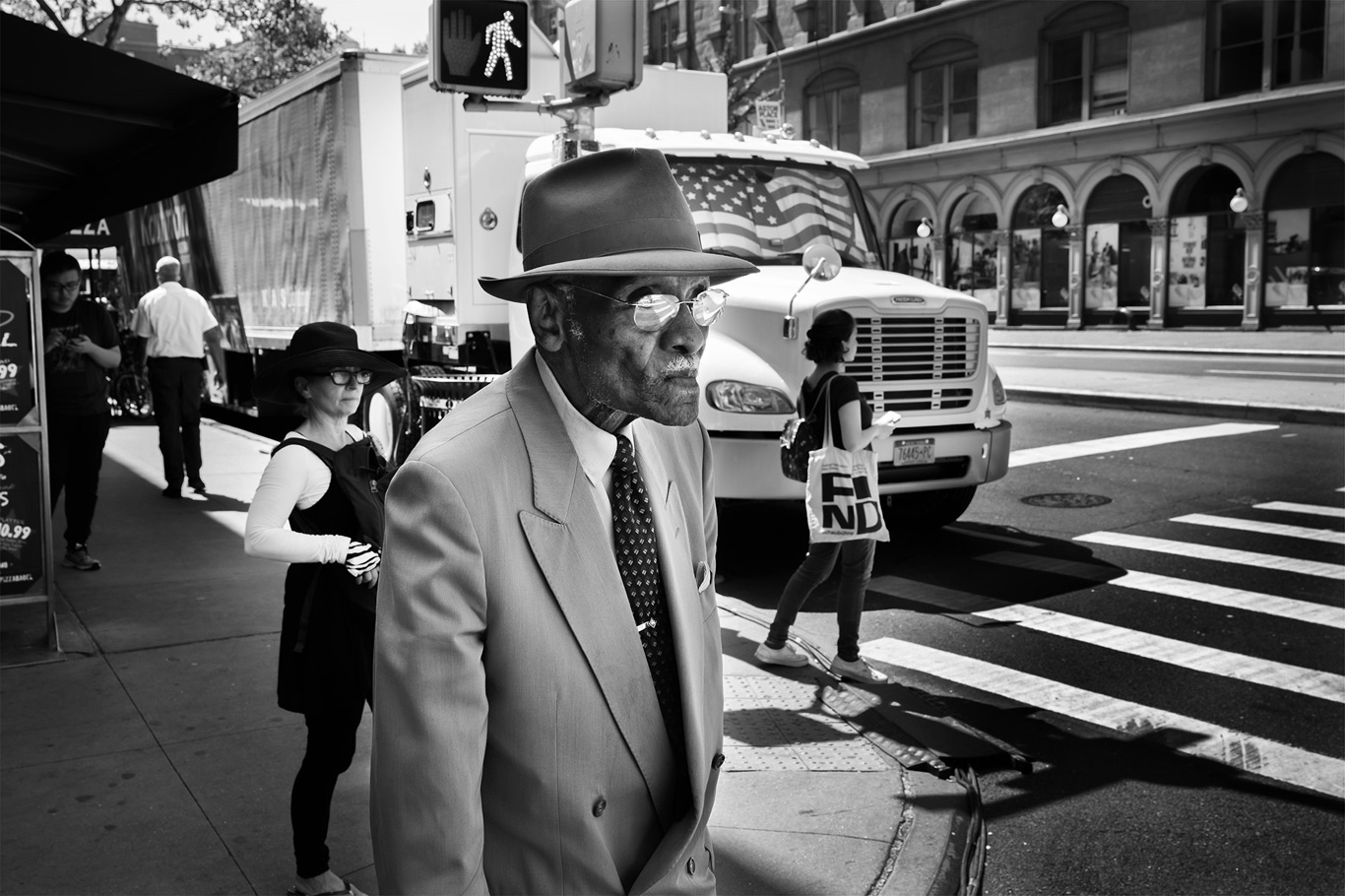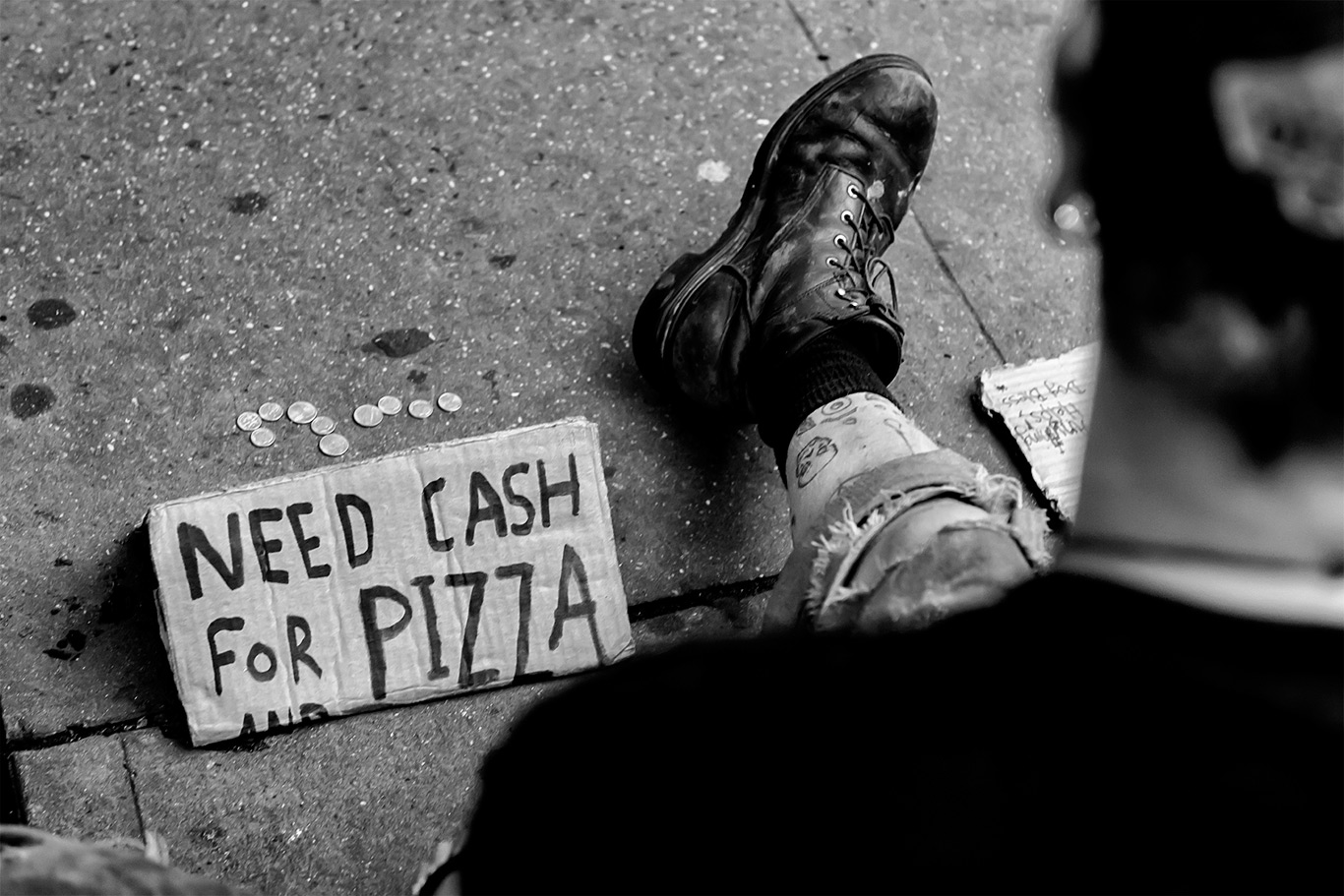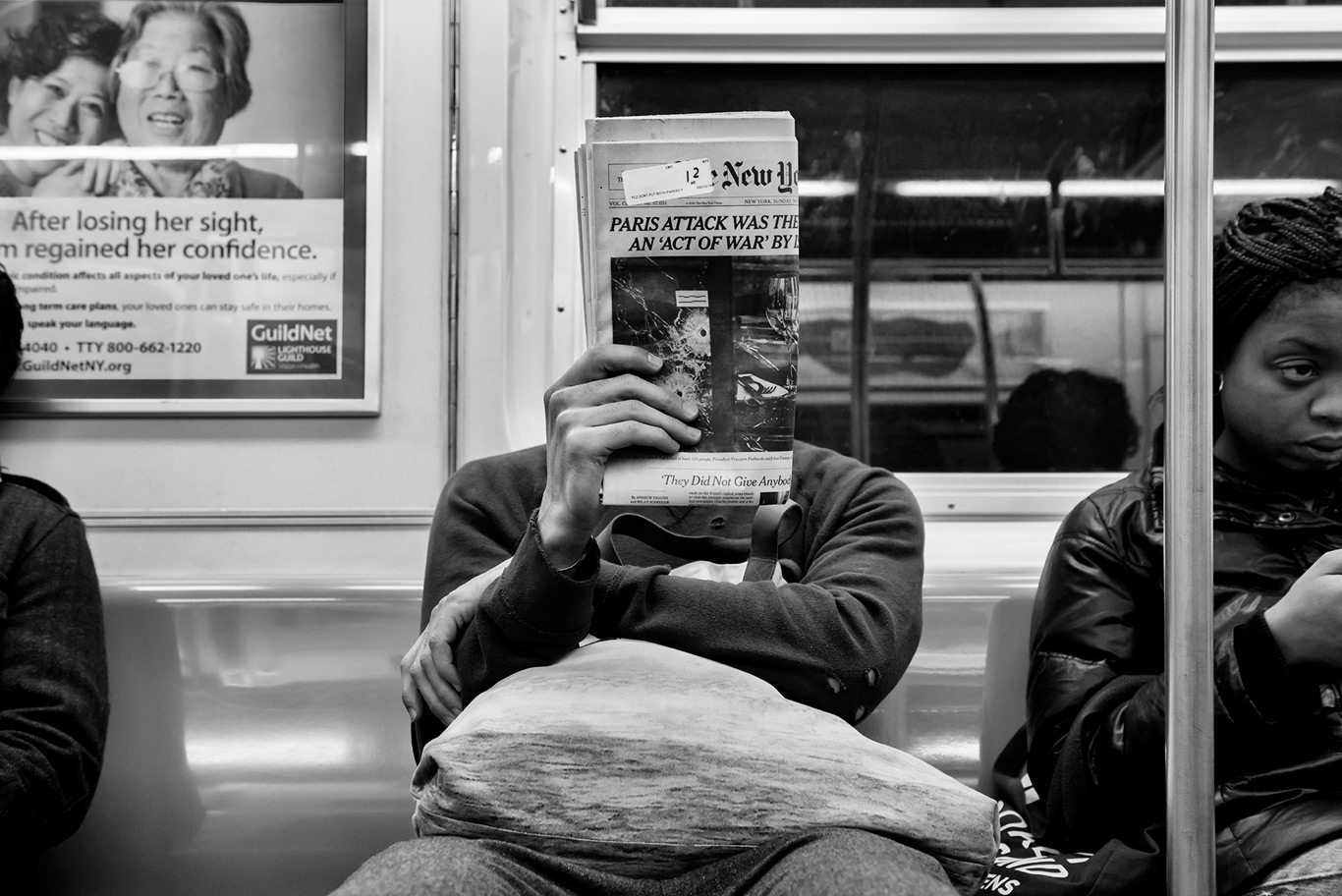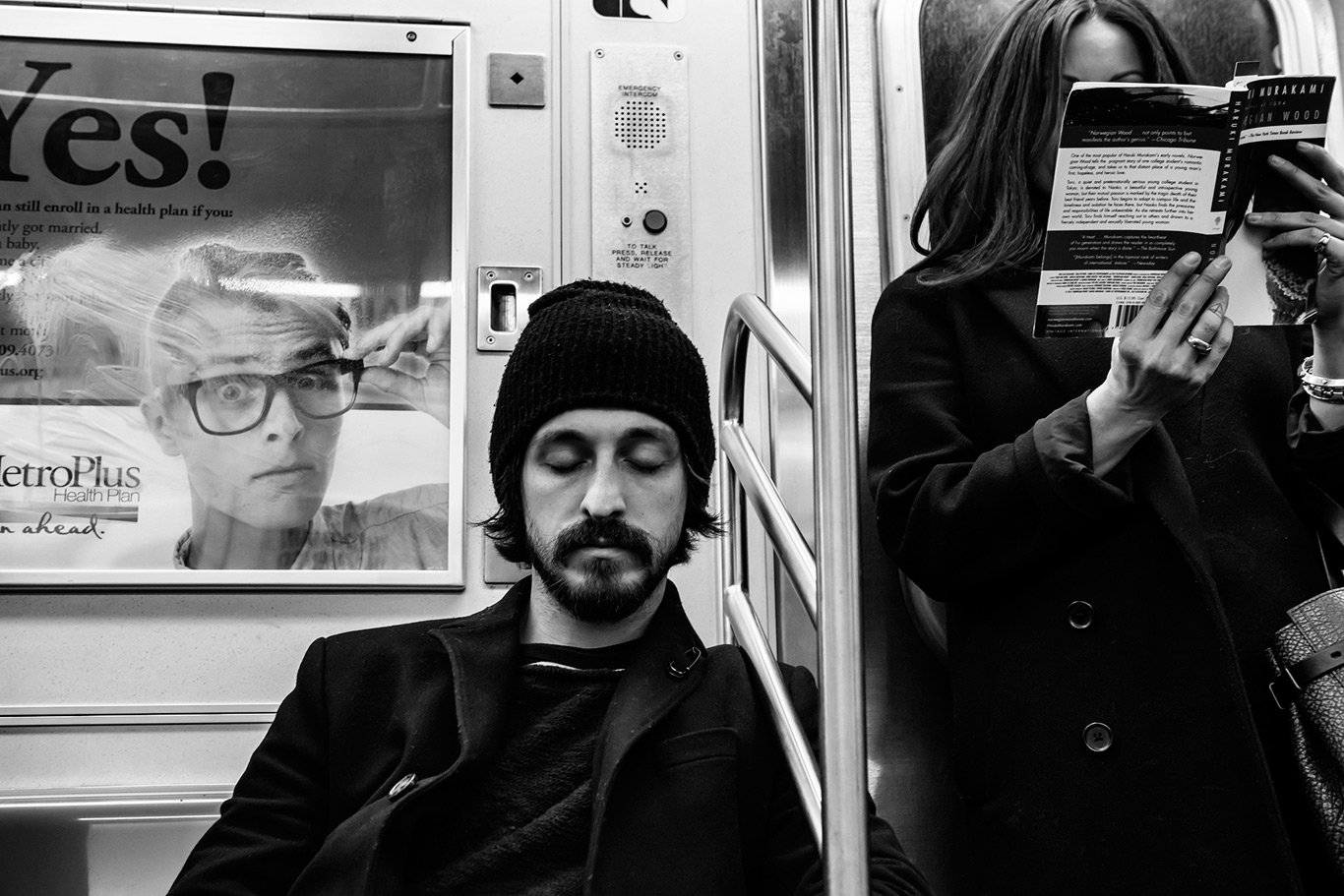Barry H. Levy
Can you please introduce yourself to our readers?
I have been involved with photography for around 60 years now. I started as a small child with a Brownie camera and a little developing and contact making hobbyist kit. Like most children, I started by making snapshots. As I progressed, I was lucky to know the Art Director of Life Magazine who saw some of my photos and encouraged me to branch out and look at what other photographers were making. This led me to photojournalism, documentary photography, and Street Photography. In school, I actively and formally studied photography in addition to a full academic curriculum. I also showed my work to some successful professional photographers and received critique, inspiration, and a greater knowledge of photography as art. I was able to sell some of my work in my teens. In my early 20’s, I started my own Freelance business, but gave it up to achieve greater financial stability. I have shot film in formats from 127, to 35mm to 2 1/4 to 4x5. I am familiar with studio and macro work as well as other genres. I converted to digital around 7 years ago because film is expensive and digital cameras finally achieved a high enough quality. To that end, when I retired, I enrolled at the Rhode Island School of Design (RISD) and completed a curriculum in digital Photography. Currently, I shoot with A Nikon D850, a Nikon Z-7 and a Leica Q while still occasionally using my film cameras. All are excellent cameras and, depending on where I am and what I am doing, afford me the opportunity to achieve excellent results. I do not actively promote my work, but a portfolio of my work has been accepted into the Colby College Museum of Art collection and some of my work will be exhibited there this July.
Do you only shoot B&W or do you shoot color too?
I am primarily a B&W photographer out of a love for it and tradition. I do shoot color, but rarely produce color images in my Street Photography. Portraits, Landscape and other genres are also a love. I do more color work there. Of course, with digital imagery, I shoot in RAW format which allows for the option of keeping color or converting to B&W.
Do you shoot only projects or do you also shoot at random? How long you are doing your Subway project? What made you to choose your Subway project?
My love is documenting life through my photography. I love projects for their coherence. I shoot at random as well. Life and its human stories are everywhere to be seen. They may be explicit or metaphoric. What we see and how we interpret it depends on our world view. To that end, my favorite images are those that are ambiguous and can tell many stories.
My Subway project is ongoing. I do not go out of my way to shoot there, but rather shoot because I am there. I have a great love for the Walker Evans Subway project shot in the late 1930s and early 40s. He eventually published the book, "Many are Called" from this work. His protégé, Helen Levitt, later used his camera to do subway images as well. Her shots had a stronger emotional content. I love the Subway for its naturalness and anonymity. My subjects are merely going places and living their lives. The interactions, activities, subtle juxtapositions with others or the advertisements on the walls intrigue me. I have been actively shooting on the Subway for the past five years and will continue to so do. Eventually, I hope to put the collection together for exhibition and publication. I not only shoot on the train. I also do so in all the stationary public spaces including platforms, entries, staircases, hallways, etc. I am only including a sampling of shots taken on Subway cars here to limit what I am doing to a single subtopic. Unlike Evans, I do not hide my camera. My subjects are still shot only if they are unaware that they are being photographed so that they are in their own space.
Doing street photography is challenging. How you like to approach your Street Photography?
My approach to Street photography is that of an objective observer. I see life and its activities and interactions as stories. They are indicative of everyday life, no matter what the culture or situation. My education and degree in Anthropology allow me to see others within their own cultures and lives without judgement. My work is akin to an ethnography. It is a recording of how people interact with their environment and people whether part of their community or not.
The subway is only one of my ongoing projects. I have other projects that I am shooting as well. For one of these, I have spent the last six years shooting all of the street activity on a single iconic block in NYC that is going through another metamorphosis before the character changes, yet again. There is a myriad of different people that go there; residents, diners, tourists, people that want to be seen, and people who go there to see those to see those people.
I also love shooting at Coney Island and Central Park. I go there throughout the year as I can.In my photography of the streets though, I am a generalist observer and will shoot anything and anywhere. I have a vision, but subscribe to a documentary/photojournalistic style of Straight Photography. Light is everything in photography, but, for me, it is the support and not the driver for style. I am also a subscriber to Ansel Adams dictum that great photos are not taken, they are made. All of my images are processed as I would if I still shot film and printed in the darkroom. There is nothing added and nothing removed, but all details processed to bring out all of the relevant information that the camera records. For me, it is a matter of, first recording an image with a story and composition. Then, taking what the camera recorded and teasing out the relevant information to make the presentation one that represents what I saw and the stories that it tells. I have an affinity for complex, yet ambivalent, frames that tell many potential stories that the viewer can imagine.
What is your personal style, aesthetic or approach?
My style is rarely dramatic. The real stories of life are usually mundane. They are subtle and do not often attract attention unless you are looking. It is this that I try to capture. Eye candy can be wonderful, but subtlety requires thought and introspection that does not often garner immediate attention. This is part of the reason that I prefer B&W. Color can be wonderful. It can add another dimension to the image. It can also be the only element and the story becomes secondary. As such, a great photograph in color can usually be great in B&W, but not necessarily vice versa. I like to make images that slowly draw you in and make you think. I want my images to make you think about what is going on in the mind of my subjects in relation to their surrounding and their relationship to others in and out of the frame. You have to look, to think, to feel, to relate. For me, this is what Street Photography is all about. Street photography is also observational. You are a recorder and not a participant. Awareness of you by your subjects make you a part of the scene and not a recorder as a rule. You can, on occasion, interact with your subjects, but that interaction should not be a part of the image.
When you teach and give advice to aspiring Street Photographers, what would you tell them?
The first thing that I would say is to be deliberate. Don’t just shoot at random without any idea of what you are seeing and saying through your work. You do need to master the basics, but you can break any or all of the rules if you have a voice of your own. In Street Photography, the human story, whether told by pose, expression, juxtaposition, humorous coincidence, or anything else is the key. Remember, it is not just what you see and how you felt. It is how your work is perceived by your viewers. If you do not convey this, you are not successful. You also must try to develop your own vision, your view of the world and its goings on. Above all, your images must tell a story. Not just a description of what is going on or a descriptive representation of the banal even though that is exactly what you are recording. Your images have to say something about life on their own. If you work to accomplish this, you are a true artist.
About the Photographer
Barry H. Levy (b. 1951)
Mr. Levy was born and raised in New York City. He was educated in the public school system and graduated from Stuyvesant HS in 1969. He attended Bronx Community College and NYU before relocating to Oregon where he graduated from Portland State University in 1995 with a BA in Anthropology and a certification in Secondary Education. In 1999, Mr. Levy relocated to Rhode Island where he had a career as a Substance Abuse Counselor and program director. Upon his retirement in 2014, he enrolled and Completed a curriculum in Digital Photography at the Rhode Island School of Design (RISD). He is currently practicing as a Street Photographer and teaches occasional workshops in that genre.
Mr. Levy became interested in photography at a young age and was actively shooting and processing his work by age 10. He studied photography in his Junior High and High Schools as well as learning from photographers in the fields of Commercial Photography and Photojournalism. As a teenager, Mr. Levy was already selling occasional Street Photography prints. In Oregon, Mr. Levy worked as a Freelance Photographer for a number of years before leaving the profession to pursue other avenues. He continued to make photographs, but not as a professional or for sale. At his retirement, Mr. Levy decided to renew his photography in the Street Photography genre as an artist and a teacher. To facilitate his craft and to refresh his skills and to modernize, he completed the RISD Digital Photography program, completing in 2015. As a practicing Street Photographer, his work has been published and exhibited and is in the permanent collection of the Colby College Museum of Art.

